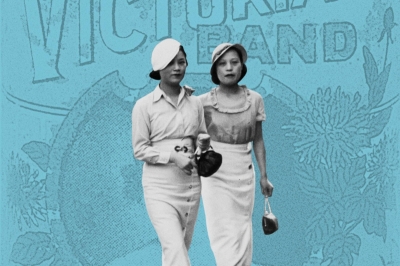When I was living in Kyoto in the late 1960s, I would often see homeless people along the banks of the Kamo River. They generally lived under the bridges in structures made of cardboard and blue sheeting. Having seen many homeless people in my native Los Angeles, I was particularly struck by the neatness of these makeshift homes, with residents' shoes lined up neatly outside, and often an umbrella or two in a stand by the entrance.
As the recycling movement gained momentum in the 1980s and '90s, homeless people gathering aluminum cans and plastic bottles became a common sight around Japan.
However, this superficial decorum and marginal economic activity hid the miserable facts plaguing the homeless, about which very little had been written in Japan. After all, this was supposed to be a country where everyone was middle class or at least had a roof over their head. The homeless should not exist.


















With your current subscription plan you can comment on stories. However, before writing your first comment, please create a display name in the Profile section of your subscriber account page.